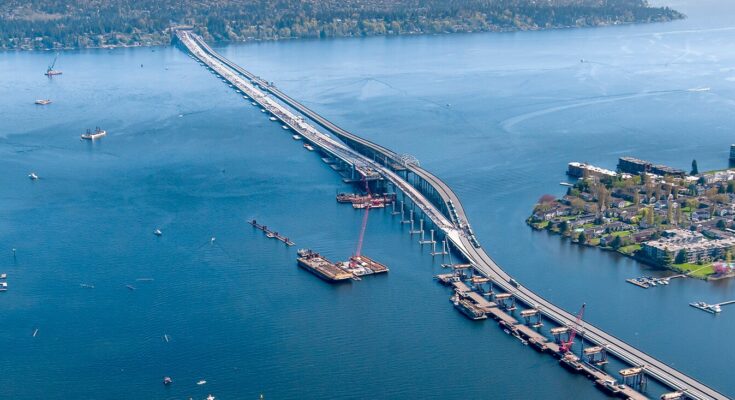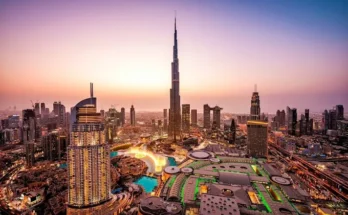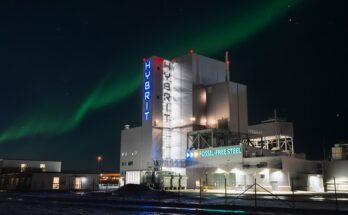Nestled in the Pacific Northwest, the Evergreen Point Floating Bridge (SR 520) is not just a vital transportation link—it is an extraordinary engineering feat that defies conventional bridge construction. Spanning an impressive 7,710 feet (2,350 meters) across the scenic Lake Washington, this floating wonder connects Seattle to the affluent city of Medina, serving as a crucial route for thousands of commuters daily. With its massive reinforced concrete pontoons, earthquake-resistant design, and multi-modal transit lanes, the bridge stands as a testament to human ingenuity and innovation.
A Bridge Unlike Any Other
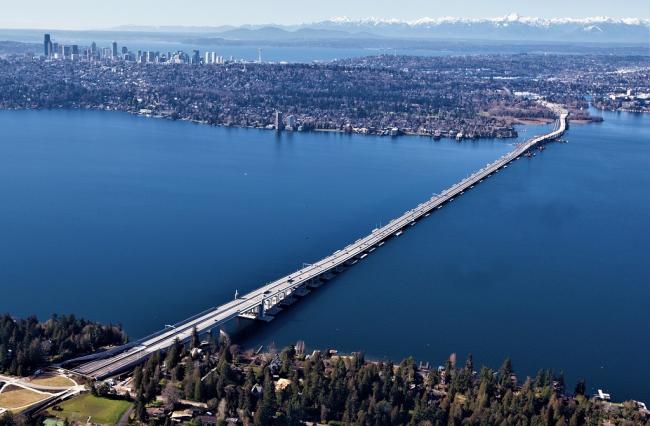
Unlike traditional suspension or truss bridges, the Evergreen Point Floating Bridge does not rest on the lakebed. Instead, it floats atop 77 massive concrete pontoons, each weighing thousands of tons, carefully engineered to support the structure’s immense weight. These pontoons are tethered in place by steel cables anchored deep into the lakebed, ensuring the bridge remains stable even in challenging weather conditions. This floating design was necessary due to the lake’s soft and muddy bottom, which makes conventional bridge construction impractical.
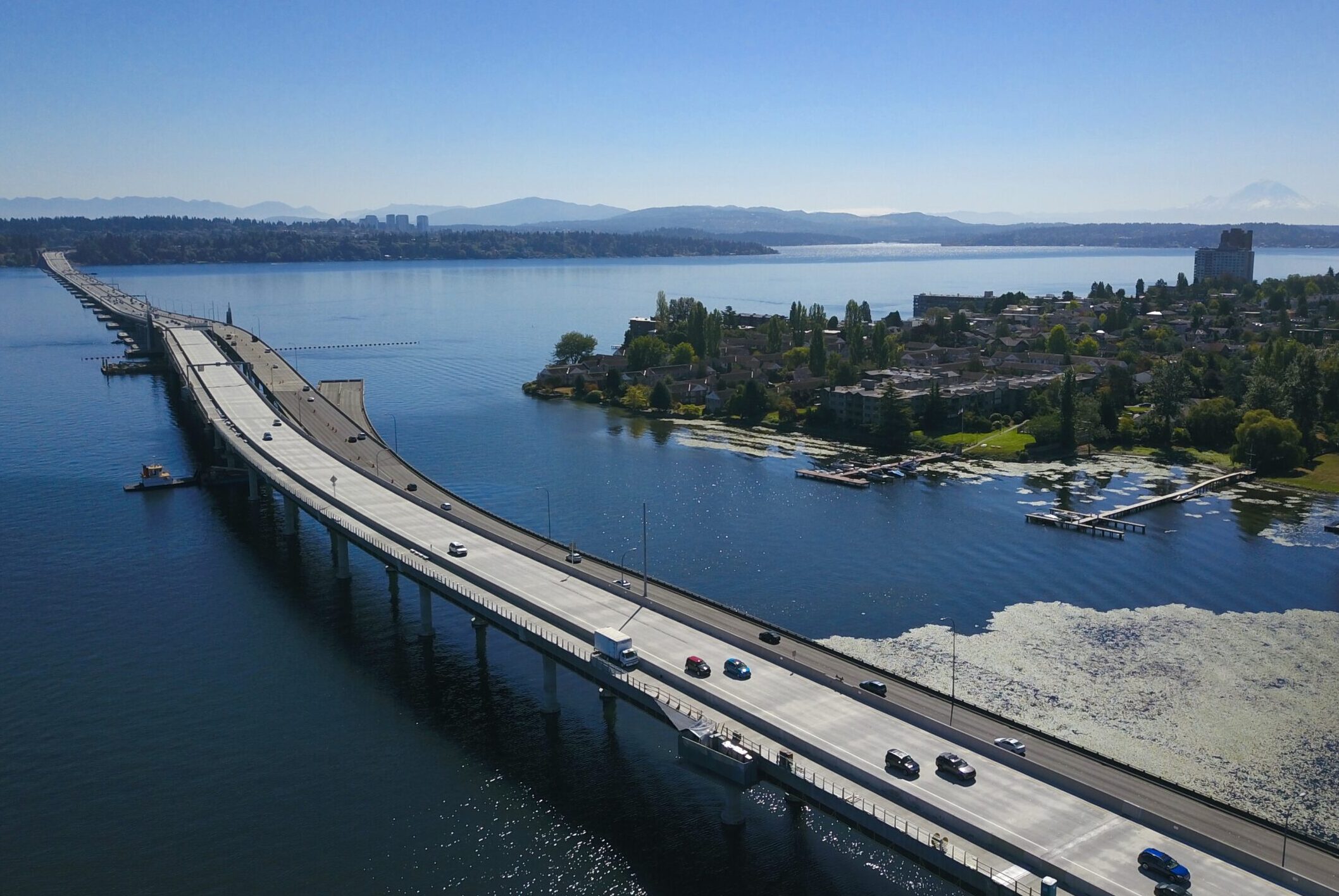
The bridge is built to withstand the powerful forces of nature, including earthquakes, strong winds, and storm surges. Washington State is located in a seismically active region, and engineers designed the bridge to flex and absorb seismic energy, reducing the risk of catastrophic failure. Additionally, the bridge can handle wind gusts of up to 89 mph (143 km/h), ensuring the safety of travelers even during severe storms.
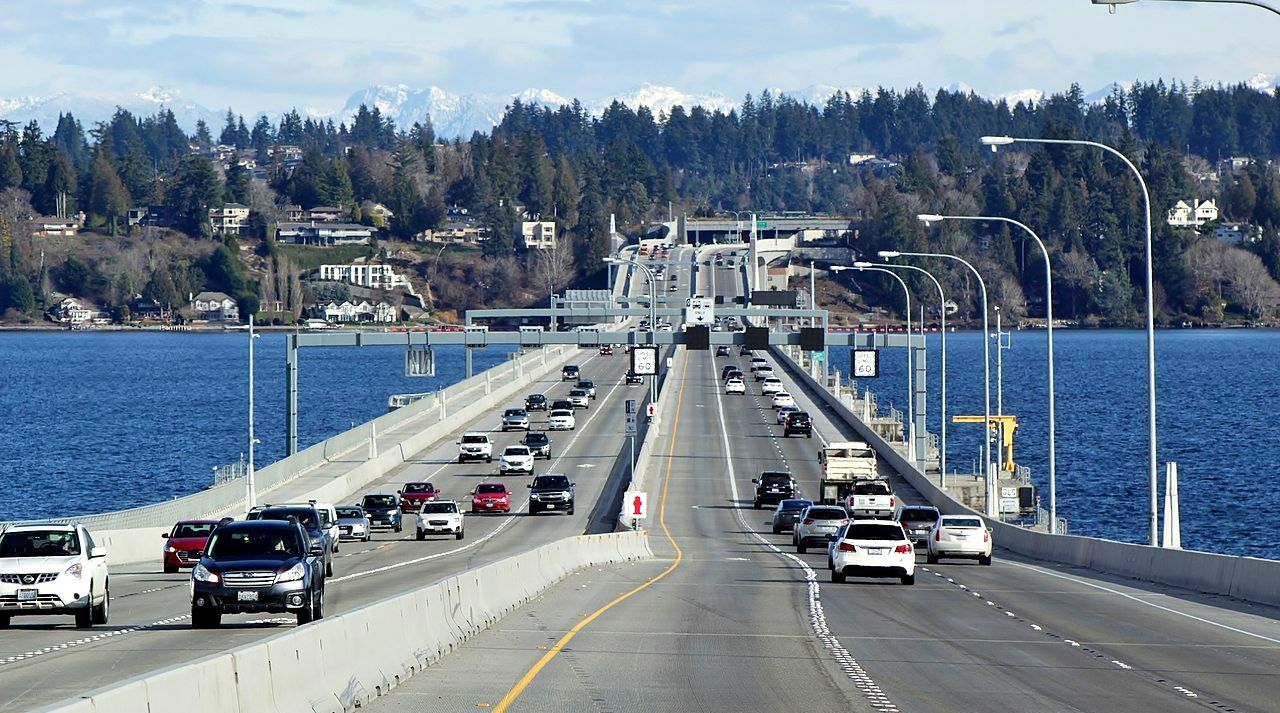
A $4.56 Billion Investment in the Future
/cdn.vox-cdn.com/uploads/chorus_image/image/57898657/37897894916_031071b072_o.0.jpg)
The Evergreen Point Floating Bridge officially opened in April 2016, replacing its predecessor, which had served the region since 1963. The older bridge had become outdated, with narrow lanes and structural vulnerabilities that posed risks to public safety. The new bridge, with a staggering construction cost of $4.56 billion, was designed to meet the growing needs of the region, offering increased capacity, improved safety features, and multimodal transportation options.

The bridge features six lanes, including dedicated High Occupancy Vehicle (HOV) lanes to encourage carpooling and reduce congestion. Additionally, it boasts a state-of-the-art bicycle and pedestrian path, providing a safe and scenic route for non-motorized commuters. This path has become a favorite among cyclists and joggers, offering breathtaking views of Lake Washington and the Seattle skyline.
The Backbone of a Thriving Tech Corridor
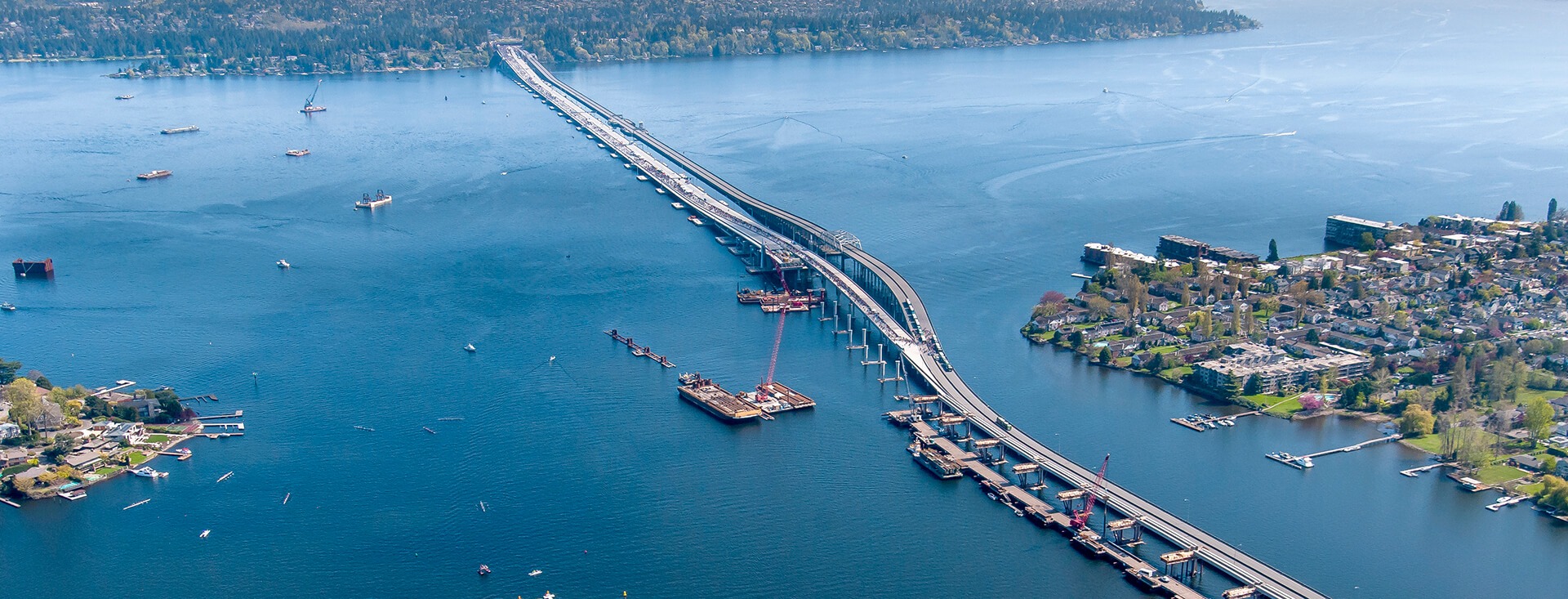
The Evergreen Point Floating Bridge plays a critical role in connecting Seattle with Redmond, home to major tech giants like Microsoft. As a key transportation link in the region, it helps facilitate the daily commute of thousands of tech employees, researchers, and entrepreneurs. Without it, traffic congestion in the Puget Sound area would be significantly worse, impacting both productivity and quality of life.
Weather Challenges and Temporary Closures
Despite its robust design, the bridge is not immune to extreme weather conditions. Strong windstorms occasionally force temporary closures to ensure driver safety. High winds can create dangerous driving conditions, causing waves to crash over the bridge deck and making travel hazardous. However, thanks to its cutting-edge engineering, these closures are infrequent, and the bridge remains one of the most reliable transportation links in the region.
A Symbol of Innovation and Progress
The Evergreen Point Floating Bridge is more than just a transportation route; it is a symbol of innovation, resilience, and progress. Its floating design, multimodal accessibility, and cutting-edge engineering make it a global marvel. Whether you are driving across its expansive lanes, cycling along its scenic path, or simply admiring its grandeur from the shoreline, this bridge stands as a remarkable testament to human achievement.
